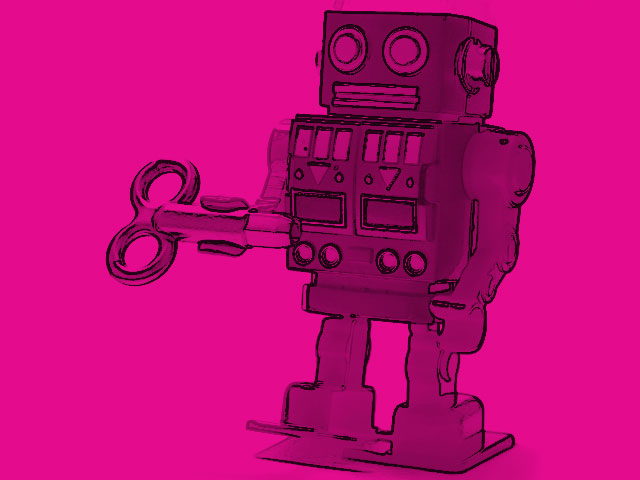- Published Jul 25, 2013 in On Stage
Live Electronica artist, Kent Barton, offers a few simple tips to turn a repetitive, robotic track into a song that feels more alive.
The idea of "humanizing" songs seems absurd to musicians in traditional bands, who rely on, well, humans to make music. But at the other end of the spectrum, it's a different story for producers who use computers and hardware to write songs. Despite our best efforts, electronic music can come out sounds rigid, robotic, and repetitive - especially if you're using loops.
With that in mind, here are a few simple tips to turn a cold, repetitive, robotic track into a song that breathes, moves, and feels alive.
1 Turn off the damn grid.
And while you're at it, turn off your DAW's quantize function too. This is especially important when it comes to writing beats. Even the best drummer, playing to a click track, will have slight imperfections in their timing. But if you slavishly place your drum hits on the grid, you'll be firmly in drum-machine/robot territory. If that's the sound you're looking for, then by all means go for it. But if you want looseness and more of a live vibe, remember to pull some beats off the grid.
2 Don't polish the soul out of a great mix.
By all means, major problems - the ones that make your music sound amateur - should be dealt with. But there's a fine line between a great-sounding mix and one that sounds harsh, digital, and over-produced. Excess use of compressors is one of the most common causes of soul-sucking mixes, and today's DAWs make it all-too-easy to fix a slightly out-of-tune note or imperfect drum hit. Resist the temptation to use these tools whenever something sounds slightly less-than-perfect. It's those slight imperfections that help your music BREATHE.
Think of it this way: would you rather sound like the Backstreet Boys or the Sex Pistols?
That's what I thought. Now stop trying to be perfect and start kicking ass.
2 Modulate everything.
Imagine a guitarist and keyboard player jamming the same riff for two minutes. Even though the sound might get repetitive, the slight natural imperfections in their playing would still give a pleasing organic feel. Compare that to a nonstop 4-bar loop of the same music; each loop would sound identical, and the listener would get tired of the sound much faster.
The good news is that in most DAWs, nearly everything can be modulated, and all those small modulation changes will combine to create a more human vibe. If you're dealing with synths, start by tweaking the attack, decay, release, sustain, and filter cut-off. If you're dealing with loops, try changing their timing (in Ableton, sample offset is great for this).
Also experiment with modulation on your effects. For example, periodically crank up the send knob to a reverb, then dial it back down. If you're working with a MIDI track, modulate the velocity; this does wonders for hi-hat patterns. Or, ironically, you can simply add a randomizing effect to velocity, and let the computer do the humanizing for you.
4 Add groove.
Groove functions have been around for awhile now, but they're getting more versatile and user-friendly. The ReGroove function is a solid option for Reason users. And beginning with Ableton 8, adding groove is as easy as dragging and dropping groove clips.
No matter how you add swing and groove, it's a great way to inject your digital tracks with soul. Experiment with smaller groove settings to get a more subtle feel. As you crank things up - especially on drums - you might wind up changing the vibe of the entire song. Whether or not that's a good thing is up to you and your ears.
5 Use field recordings.
Whenever I'm stuck on a track, I like to bring in random field recordings from a site like freesound.org. It can take a lot of messing around to find the right sound and arrangement - but when it works, it REALLY works. Many of these sounds are inherently real-world and organic. While they don't fit in every track, they do a great job of adding warmth and presence.
One final note: as a track starts to take life, ask yourself where it fits on the robot/human spectrum. If you're going for the cold/digital/machine feel, then you probably won't need (or want) to add a human feel. But if a warm/organic/live feel is what you want, open your humanizing toolkit and start tweaking.

